Counter-insurgency by Dutch means. The fight against the Taliban is taking a constructive turn in the province of Uruzgan. Since NATO inherited control from the Americans, Dutch troops are at the forefront of efforts to rebuild the strife-torn province of Uruzgan in southern Afghanistan. Amid a resurgent Taliban and decades of neglect and destruction the task is formidable. Afghan history shows namely that foreign interventionists, especially non-Muslims, only have a small window of time to show they are doing good. It runs out fast, particularly in the Pashtun south, the traditional heartland of the radical Taliban. But the Dutch believe they have a plan for a lasting end to hostilities. And the plan does not rely on wiping out by force those attracted towards the extremist teachings and jihad offered by the Taliban, but in the support of the people.
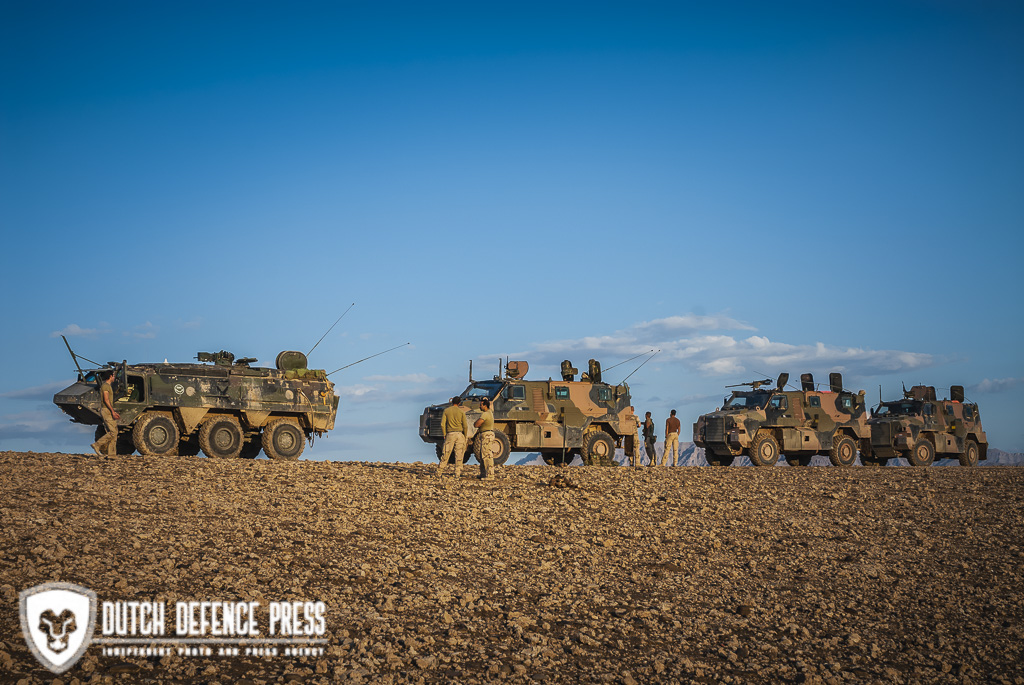
Afghanistan has known violence almost constantly over recent decades – no Afghan under 27 has experienced real peace. Through a war with the Soviet Union in the 1980s, to the Taliban takeover in 1996 and then arrival of US-led troops in 2001, who rapidly ousted Taliban forces from power, melting away into the villages and over the border into Pakistan. Regressive and savagely anti-Western, the Taliban had turned Afghanistan into a medieval fiefdom, with public executions and savage reprisals for women venturing out of their homes.
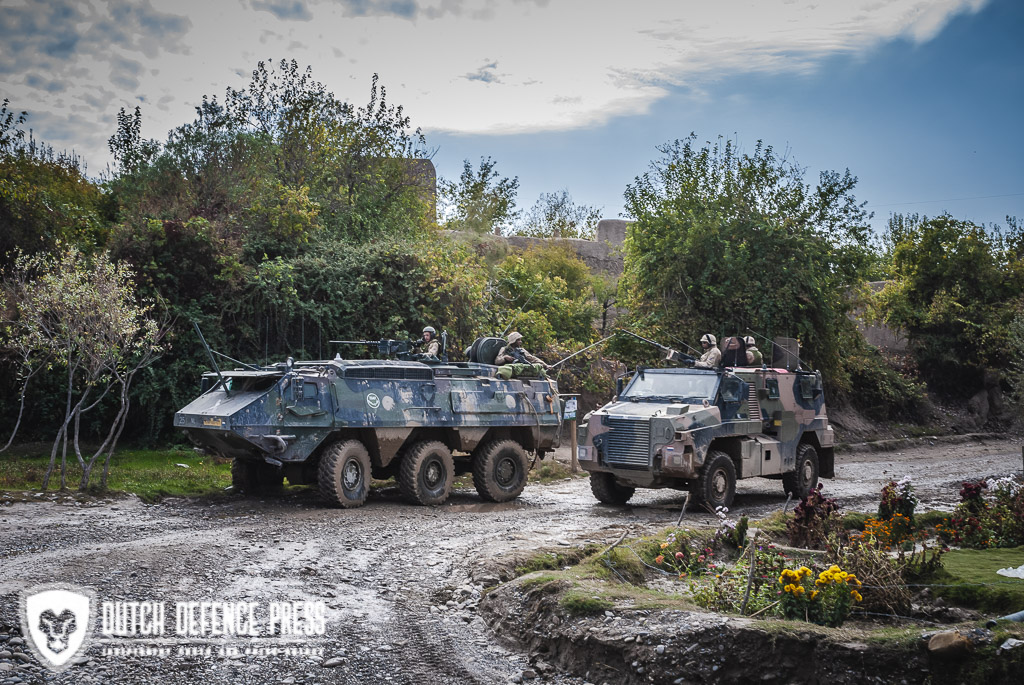
NATO has thrice enlarged its area of operations since taking command of the UN-sanctioned International Security Assistance Force (ISAF) in the summer of 2003. First moving from Kabul into northern Afghanistan later that year, then expanding westward in June 2005. The swing into southern Afghanistan in August 2006 and into the east in October 2006 were the next logical steps in this process.
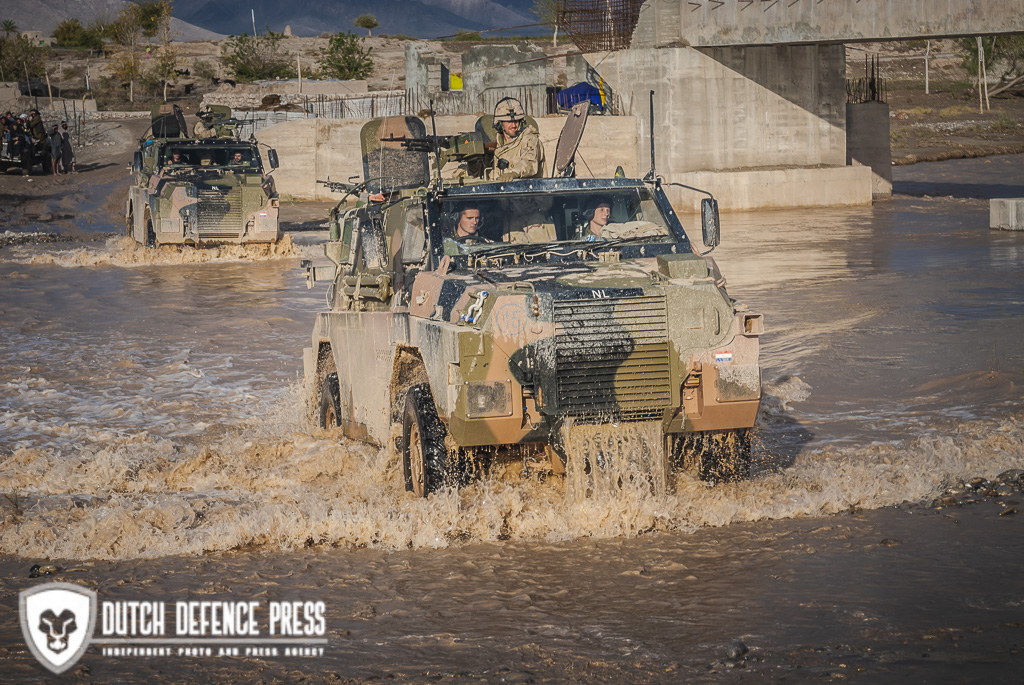
Uruzgan is a physically demanding country, with temperatures ranging from 65 degrees Celsius in summer to freezing in winter. Sitting above Kandahar and Helmand in the south, it is one of Afghanistan’s most mountainous and least developed provinces, with government authority extending little beyond the provincial capital of Tarin Kowt. Those conditions have made it vulnerable to the Taliban.
Yet, the Dutch have send a task force trying to facilitate a permanent solution, not just having a fight. With this effort the province is having a more permanent presence of international troops than it’s ever had before.
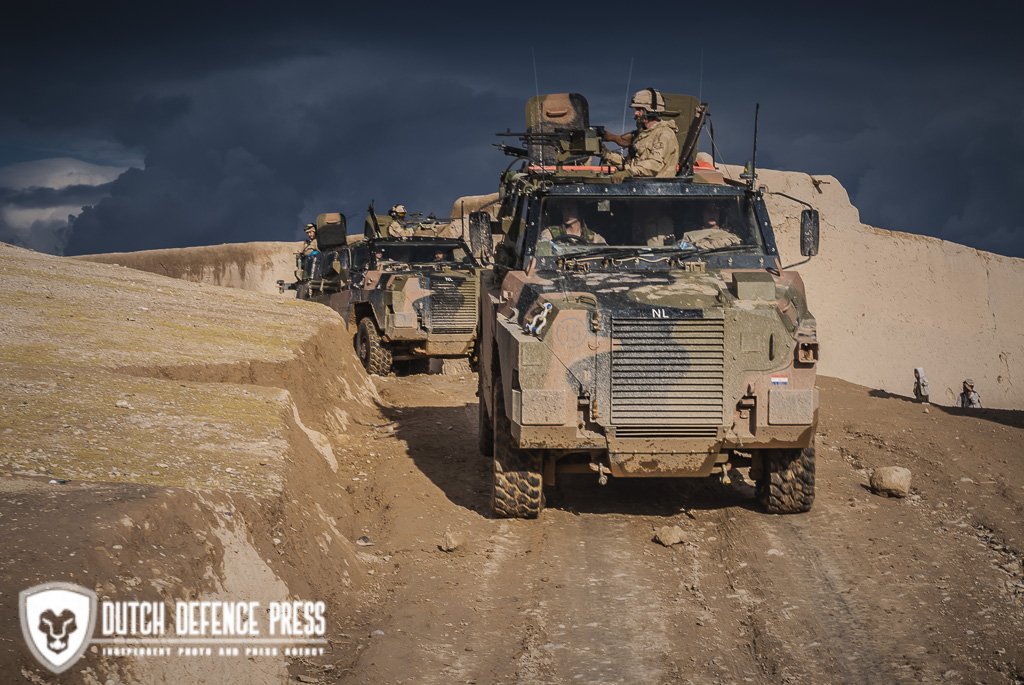
On the ground in Afghanistan since August 2006, ‘1 (NLD/AUS) Task Force Uruzgan’ include elements to perform command, (re)construction, communications, intelligence, reconnaissance, protection and logistic support. The nucleus of the task force is a Provincial Reconstruction Team (PRT); its mission is to increase security and stability, promote good governance and facilitate the reconstruction of the province. A Battle-Group, strong and well-equipped force protection and other units will support the PRT. In addition, the Dutch are supported by a fully integrated Australian detachment of 400 troops. Both countries have committed to stay in the region until August 2008. At first the Dutch Government envisaged a 1400-strong deployment. But the increase in the threat posed by heavily armed Taliban militants – and because the Dutch took over the lead role for 6 months in southern Afghanistan on 1 November from the Canadians – has seen the force increase to about 1900.
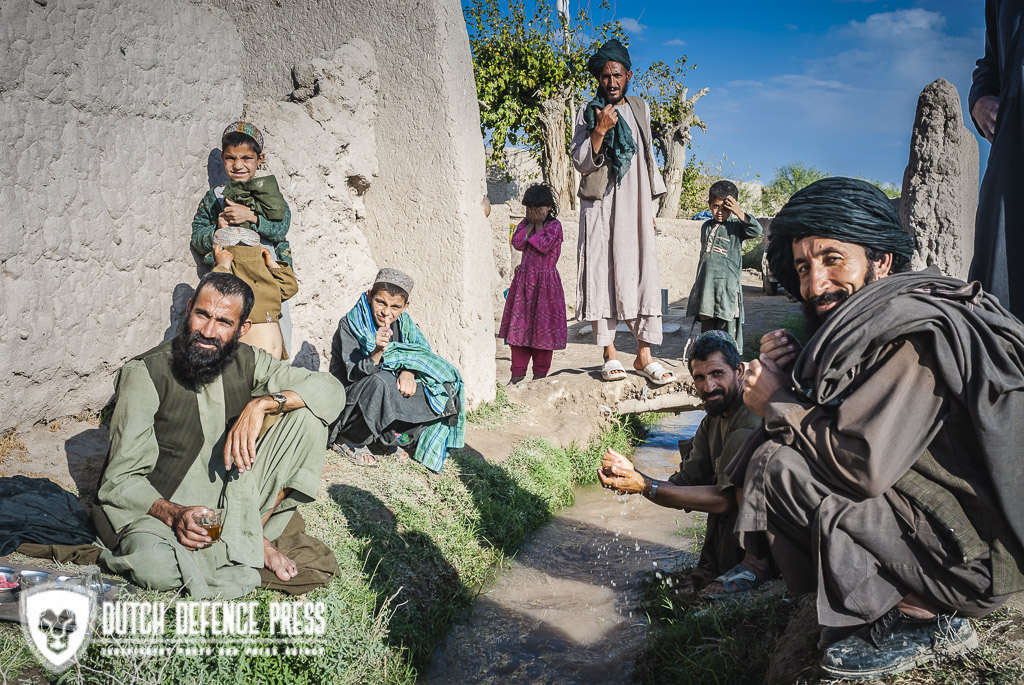
During December 2006, the first four-month rotation of Dutch task force units left Uruzgan after establishing the main base in Tarin Kowt (Kamp Holland), the provincial capital and birthplace of Taliban leader Mullah Omar, and another smaller base near the town of Deh Rawod (Camp Hadrian) while subsequently started their reconstruction efforts. During these months the people in both districts were going about their lives in a more secure way than they did before – all without a single Dutch soldier killed in action. However, since the start of the mission the Dutch have lost four men so far. One soldier committed suicide, a Royal Netherlands Air Force F-16 fighter pilot lost his life whilst his aircraft crashed en route for an close air support (CAS) mission for British troops in Helmand province, and a Dutch officer and a NCO lost their lives in a helicopter crash. One soldier have been badly wounded and three more have suffered minor injuries at the hands of the Taliban.
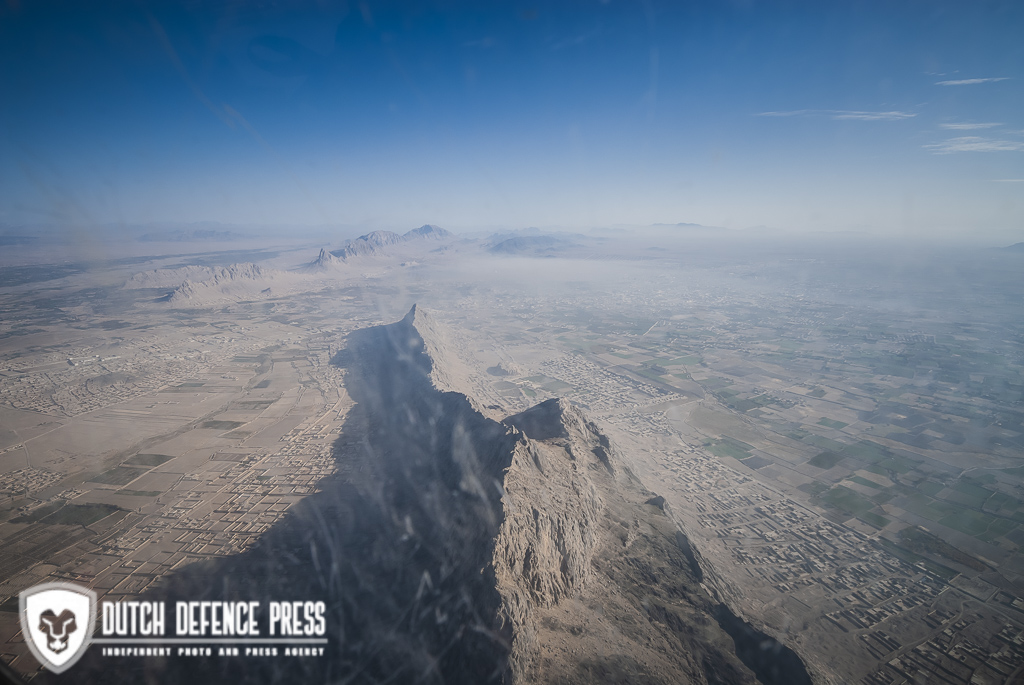
The so called ‘Dutch philosophy’ is a novel approach which is attracting the attention of other coalition members in neighbouring provinces. Even though some bristle at the idea that it might be applicable to Kandahar or any other province in the south, some say the Dutch are doing what they also would like to do. Others say that the Dutch simply were lucky, or link it with the cautious pace of their arrival. Some critics attribute the success by accusing the Dutch of leaving most of Uruzgan to the Taliban without putting up a fight.
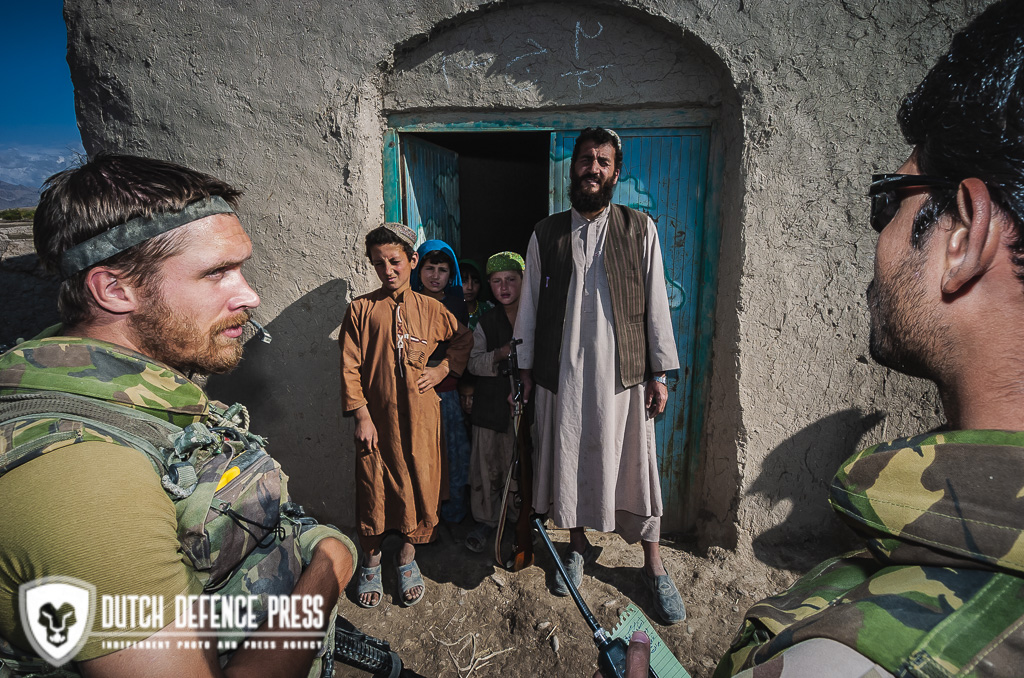
Lieutenant-Colonel Piet van der Sar, the Battle-Group commander, disagrees totally with the latter assumption: “Dutch forces have been in the thick of fighting since the beginning. Rarely a day went by when there was not some sort of TIC (troops in contact with the enemy). Also the dangers of IEDs (Improvised Explosive Devices) or roadside bombs, which we encountered several times, and suicide attacks lurks every step of the way. In less than four months we conducted over 400 patrols and were involved in multiple combat incidents ranging from small skirmishes with small groups to pitched battles involving hundreds of fighters lasting hours. And if I deems it appropriate, I’ll take pre-emptive action. But we are not going in with guns blazing – we are going in after very careful preparation and in cooperation with the village elders. We have worked very hard over the last months to establish a dialogue with the local leaders, and now this effort is beginning to pay off.”
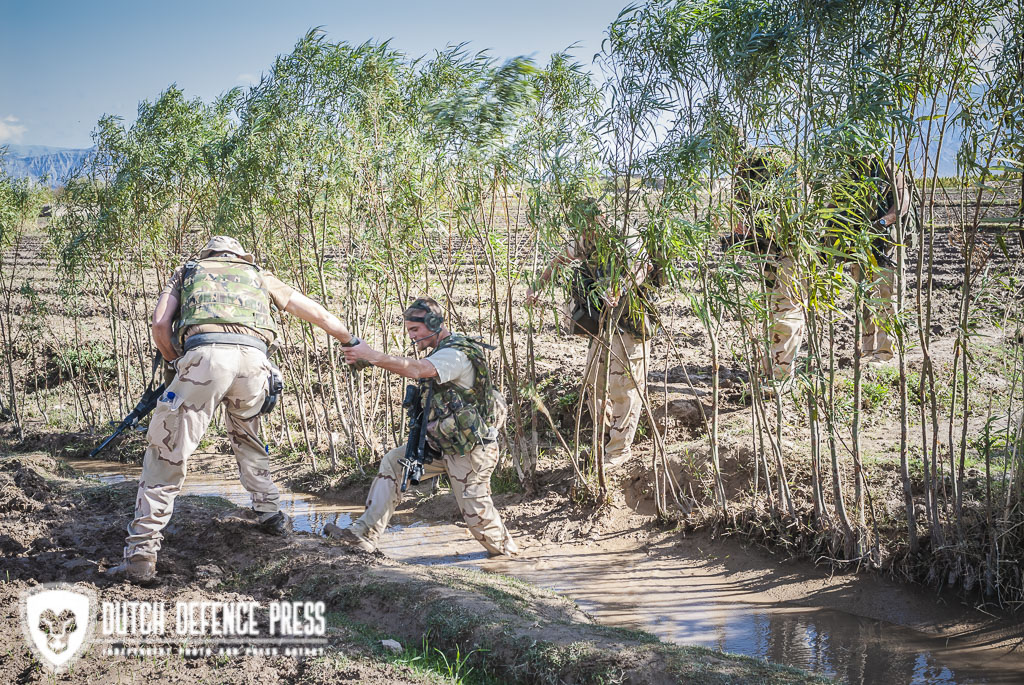
Dutch soldiers went into Uruzgan prepared for combat, expecting the same kind of gory reception that Canadians and Brits have found in Kandahar and Helmand. After all, Uruzgan was a sanctuary for adherents of Afghanistan’s former Taliban regime and it was not a surprise they reacted extremely aggressively to Dutch troops in their backyard. Giving more than four years to stockpile weapons and pull in new recruits, the opposing militant forces comprised a hard core of Taliban leadership and their supporters, local militants and criminal groups engaged in Afghanistan’s prolific drug industry – so intertwined as to be virtually indistinguishable. Frustration over a failed government coupled with promises of a fistful of dollars by extremist Mullahs teaching jihad have driven many young unemployed Afghans into signing up with the Taliban.
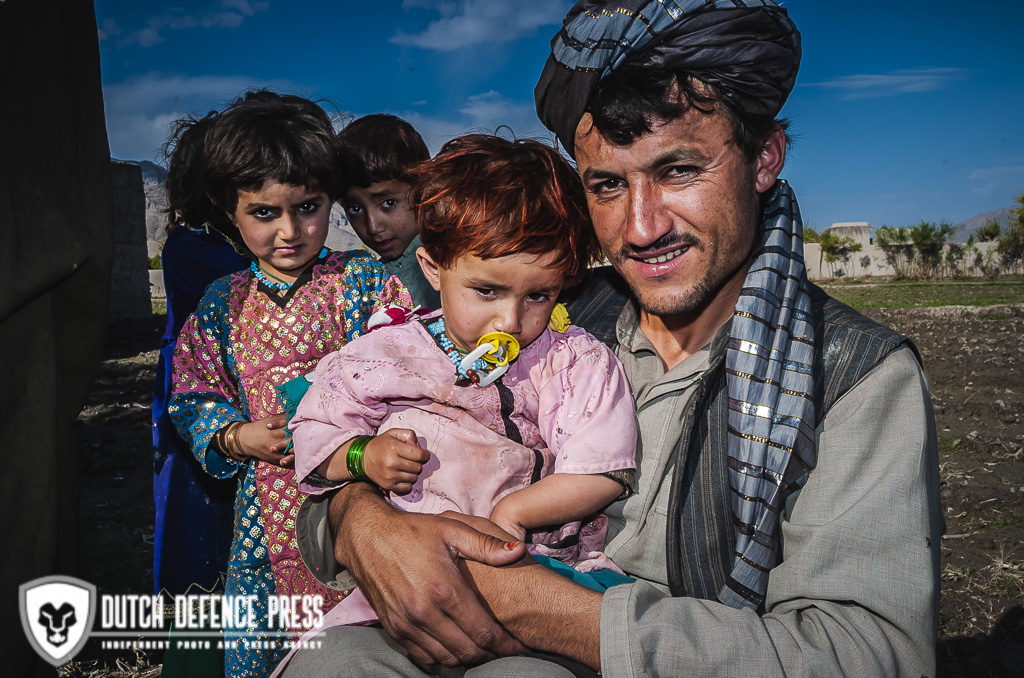
A solid reconstruction effort is therefore vital to win some public support. Almost 90 percent of Afghans population is illiterate and 60 per cent struggles each day to survive. Only 13 per cent of Afghans have access to sufficient water. Roads are often so bad that Uruzganis can’t take advantage of the Kandahar markets to sell their wheat, maize, watermelons, almonds and figs. Subsequently the Taliban frequently ambush convoys on these roads and shoot or behead anyone they suspect working for the central Government or foreign forces. Retribution by the Taliban against Afghans who support the coalition is not uncommon. Nearby Deh Rawod a Dutch patrol found, hanged from a tree branch, a 13 year old boy. Gruelling tortured before being killed, not only an act of violence against perceived traitors, but also a brutal warning to other Afghans considering siding with the coalition. Fear and insecurity fuels the power of the insurgents. Yet many Afghans have still the courage and the will to continue the push for peace and stability.
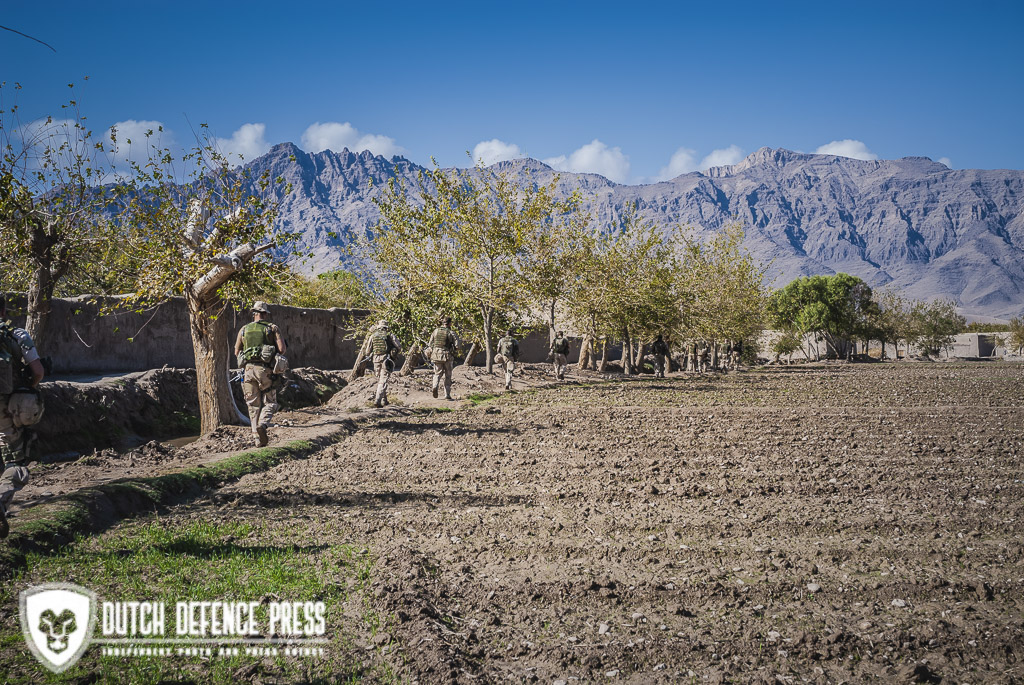
With counter-insurgency tactics from the polder the Dutch task force tackles the challenging task it took upon. It’s along the lines of ‘Winning the Hearts and Minds’, but more sophisticated and with a greater emphasis on respect and co-operation with the local people. Dutch soldiers display thereby an understanding of Afghan society that is rare among their coalition partners. The Dutch have studied closely the complex tribal, political, family and financial ties that govern Afghan society.
“It takes a lot more analysis before you jump into it, because if you do the wrong thing, it could have major implications,” Lt-Col. Van der Sar said. “You have to be sure you are applying the right solution to the right problem. Awareness of cultural difference and basic respect for host-nation culture are crucial to force security and/or mission success. We are not intruding into their personal affairs; we do not wish to mingle with their regular and lawful business; we do not want to change their customs; we respect their way of live; we are respectful of their family-structures and their laws and we support the provincial government.”
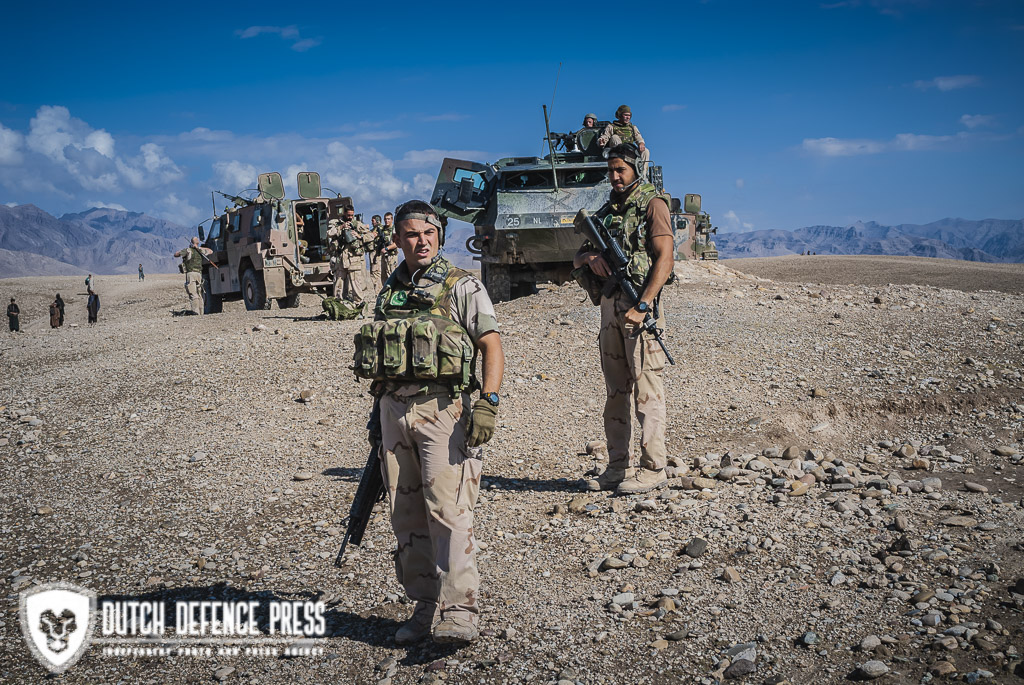
Therefore, cultural training is a standard part of the curriculum for every unit and member of the Dutch Armed Forces assigned to a specific mission abroad. The key factors in this cultural training is to combine the warrior spirit with a basic level of cultural sensitivity, especially when troops in the field face hostile elements. Differences in style of communication between Dutch culture and local culture are mentioned in full detail, including how to avoid offensive body language, facial expressions, and gestures. Instructors use many examples from everyday situations to explain the various do’s and don’ts found in the mission area. Soldiers learn that a strong adherence to the honour code of Pashtunwali does not automatically mean that every conflict among Pashtuns ends in revenge killing on a massive scale; the code also offers opportunities for negotiated settlement of disputes. In short, Dutch soldiers are told that culture is never one-dimensional, black or white, or unchangeable. Befriending local populations is on the other hand the best way to get intelligence on what is going. Getting this intelligence and cooperation is the best, often the only, way to find insurgents who live among local populations and cannot be distinguished from them without the help of the locals or, if they hide in remote areas, cannot be found without information supplied by the locals. Thanks to this kind of intelligence the Dutch retrieved several times cache of weapons, explosives and electronic devices that could have been used to trigger roadside bombs.
Lt-Col. Van der Sar: “Primarily shooting and blowing up stuff, that’s not why we are here, but I’ll do it if I need to. The ‘Dutch philosophy’ is more about influence, and gain the support of the local population. It’s not centred on killing enemy, but we are here to bring what protection we reasonably can to people in peril and to maintain some level of public safety while other reconstruction and diplomatic initiatives – through the Provincial Reconstruction Mission Teams, for example – pursue solutions to underlying problems. The point is not to abandon the effort to defeat the insurgency; the point is that to be successful it has to be done by other means.
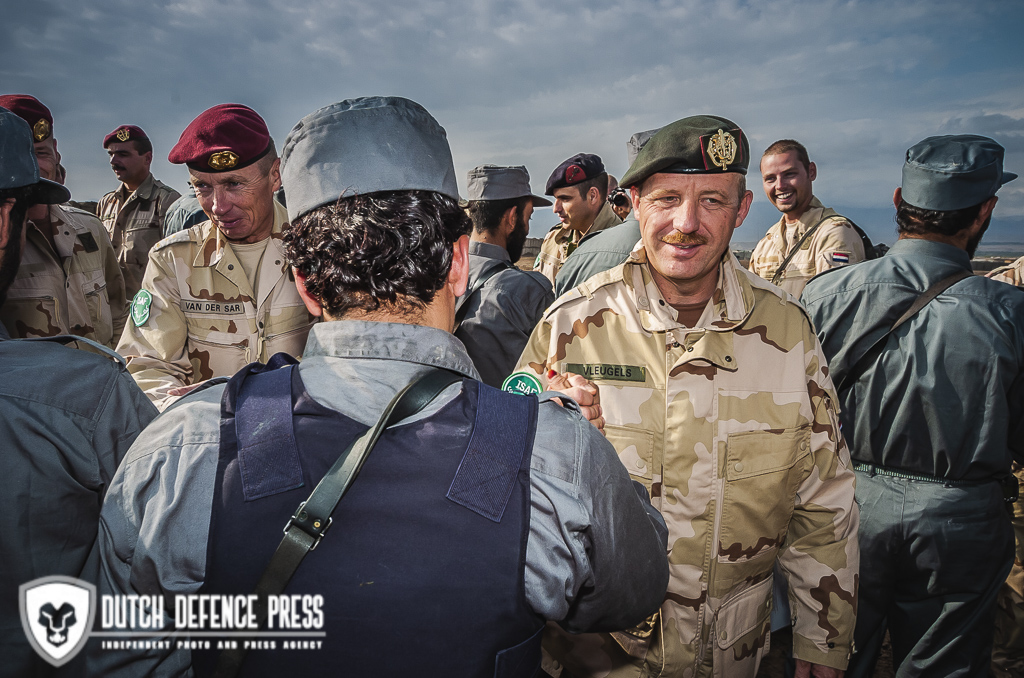
Our focus is on security patrols and protection functions rather than on pursuing and attacking insurgents, the effort needs to be on providing security and opportunity to people in their homes and communities and thereby denying insurgents the popular support they need. As Canadian and British forces has tragically learned, in the age of roadside bombs and suicide bombers security patrols are no less dangerous than search and destroy missions against insurgents. Both courses of action come with risks – risks of failure, of course, and risks to those on the front lines. The question is: which serves the objectives of the mission more effectively? The effort to capture or kill insurgents at a faster rate than they can be recruited is generally not a winning strategy.
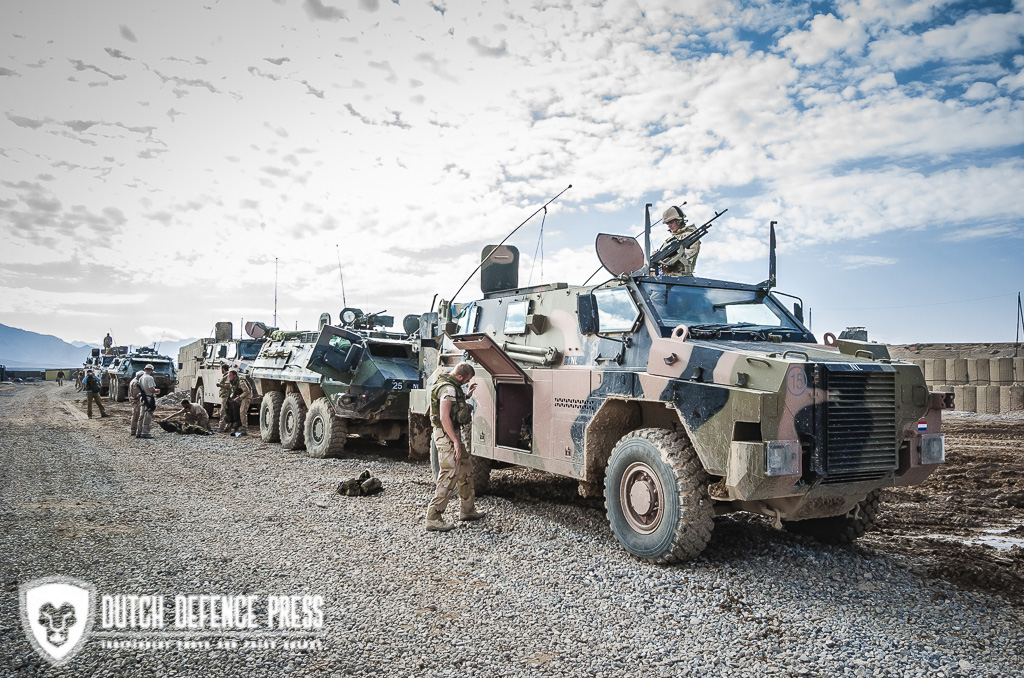
Indeed, we are unable to provide security throughout the province at once. Rather, the focus lies on gradually expanding regions of relative stability and additionally move further into the province step by step – the by us so-called inkblot strategy, whereas the Canadians and British pushed deep into enemy territory.
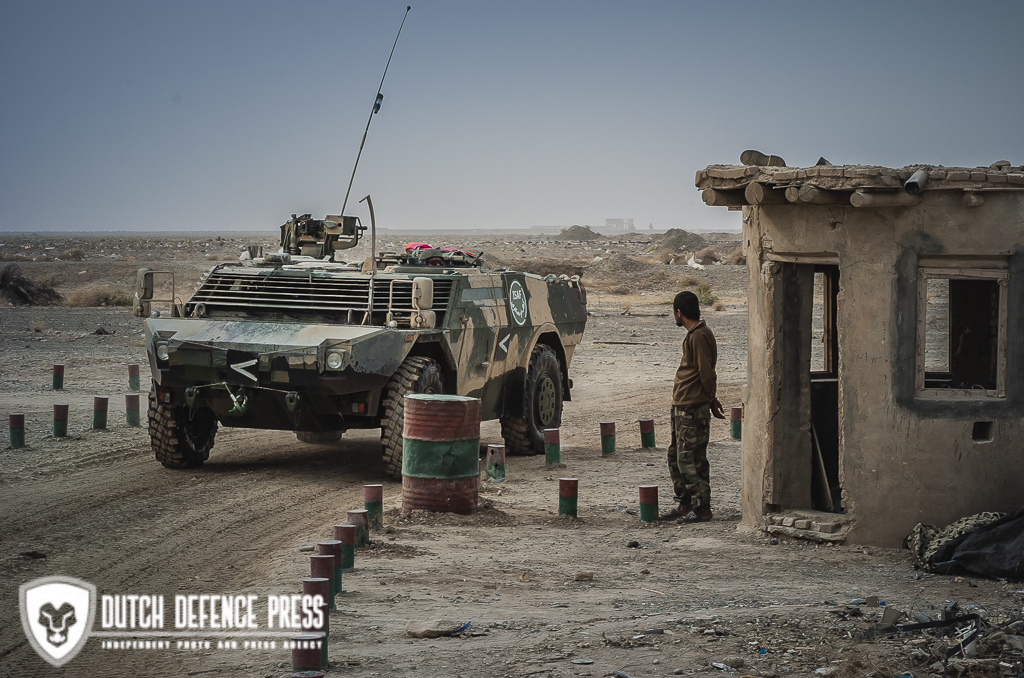
As the benefits of gradually expanding security, development and extended public services and safety are felt, support for the insurgency will eventually decline. This long-term strategy is measured in decades rather than years. Successful counter-insurgency is ultimately a political and social-economic struggle to build confidence in public institutions, to develop alternatives to the current dependence on opium production, and to marginalize the warlords and insurgents as spoilers that increasingly are rejected and estranged from the local population, then the Taliban have no power basis from which they can launch operations. Reconstruction will only be effective if political dialogue, development, humanitarian, economic and military aid are deployed together. Through building basic infrastructure, providing health care and establishing an education system, the taskforce aims to show the Afghan people a better future exists for them under a coalition-supported Afghan national government than under the Taliban.”
As a further measure to win local support and improve the credibility of the Afghan Government, Dutch troops are helping the Afghans stand up and build their own capable, credible, respected security forces, Afghan National Army and Afghan National Auxiliary Police. Which is vital to their own exercise of sovereignty. Progress is however slow. Every instruction must go through an interpreter and many of the students are illiterate. “Once trained, we’ll incorporate them into our missions where appropriate, and where they can effectively contribute, and essentially provide that Afghan face, the legitimacy that the Afghan people really need to see,” says Lt-Col. Van der Sar. “At the same time they are our exit strategy, by make the region a better place, which then puts them in a position where all of these kinds of security force operations are being conducted by Afghans and we can expand our inkblot strategy.”
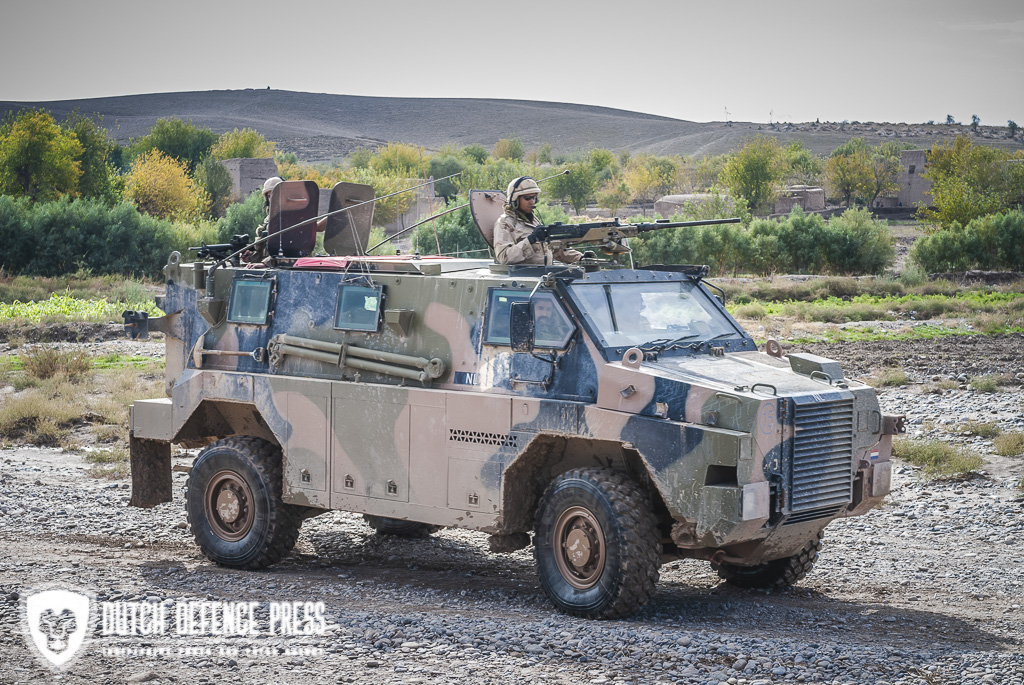
On a daily basis, Dutch soldiers and the civilian advisors are in contact with the population. They start to implement many projects: small scale irrigation, reparation of country roads, water pumps, reparation of agricultural machinery, public transport, building of bridges and rehabilitation of Mosques. They also assist in the sectors health and education. All these projects have been chosen in close cooperation with the local population and let them participate fully in the decisions which will affect their future. “But of course they have to remain owners of their own problems,” Lt-Col. Van der Sar tells. “We are the auxiliary troops of the local government.”
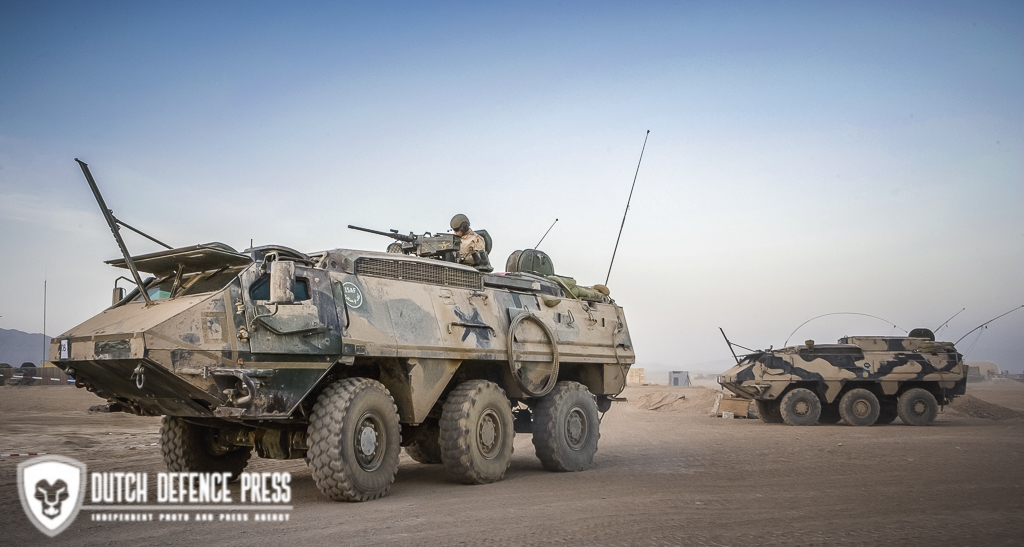
At the same time the Dutch forces also trying to protect villagers from the predations of corrupt or undisciplined Afghan soldiers and police, by watching them closely for bad behaviour. Further, to built trust with the local population the Dutch have established a permanent presence in both districts. Each platoon has appointed its own area of responsibility, measuring 12 to 30 square kilometres, where they visit every household, and monitor their needs. Security patrols through the villages are mainly on foot, backed by their armoured vehicles. Whereas by comparison, US forces toured the same villages and its surrounds in armoured vehicles, usually with a heavily armed soldier in the turret waving Afghans out of the way.
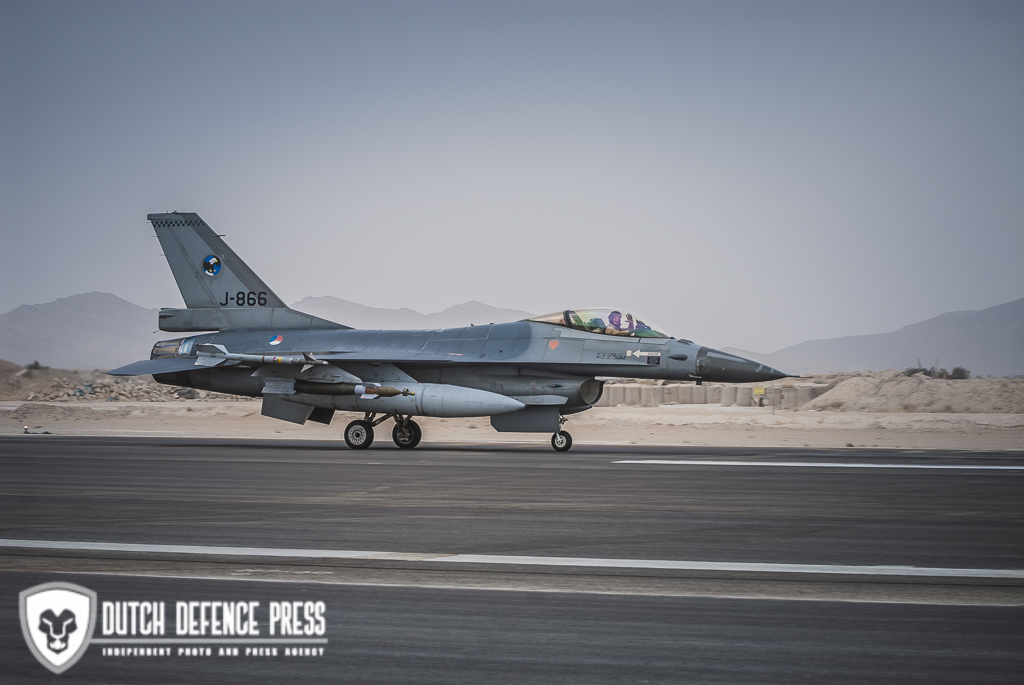
Further, Dutch troops established two hilltop outpost on the fringes of Taliban territory. One is build in Kakrakah Hill nearby Deh Rawod, the other is build in Surkh Murghab, nearby Tarin Kowt. To establish a balance between accessibility and defensibility, these outposts are build like a traditional Pashtun home (quala), whereby thick and high mud walls surrounds the living and reception quarters. It is designed as a base for Dutch soldiers and as a place for local people to air grievances and talk about their needs. Even though the multifunctional qualas lack the conventional sandbags, razor wire and machinegun posts, they bears a striking resemblance to a ‘small fortress’. These outposts have recently been several times under attack. For Lt-Col. Van der Sar, this increased Taliban activity has not been unexpected: “The more successful we are (in establishing infrastructure and winning the support of the people), the more upset they (the Taliban) get.”
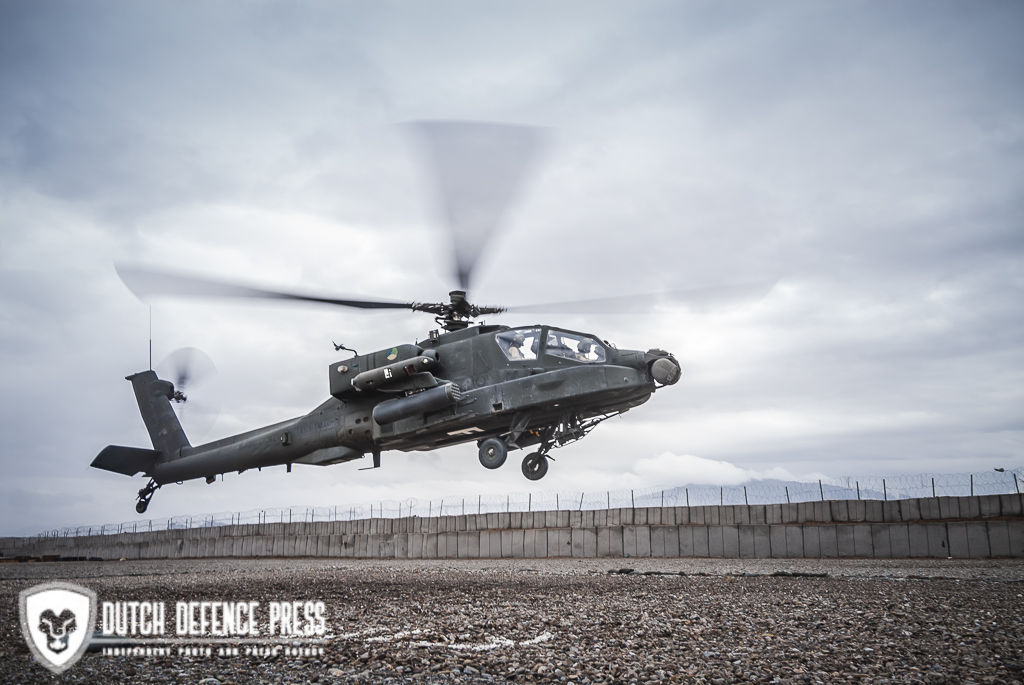
Military personnel put up with a lot of discomfort. They accept this in full realization that it’s all part of their profession. One thing they do expect, however, is the right tools to do the job. One of the greatest sources of dissatisfaction is lack of proper equipment and mandate. Something with which Dutch soldiers have been all too familiar over the years – not least because of their bitter memories of peacekeeping in Bosnia, where, in 1995, a Dutch force with poor equipment and a flimsy UN mandate was unable to prevent the massacre of thousands of Bosnian Muslims in Srebrenica.
That led to fierce debate in parliament before the Dutch joined the NATO mission in Afghanistan. As a result, Dutch troops have facilities, equipment and rules of engagement that are the envy of their coalition partners. No effort is spared to provide the Dutch soldiers with the maximum and best available protection, by purchasing modern equipment and upgrading existing systems. Both base camps are arguable the most modern and secure ones in the world. They eat, sleep and work there not in tents but in blast-proof reinforced-steel containers. They have wi-fi internet access throughout both bases. They have their own air support comprising six heavily armed AH-64D Apache combat helicopters, just around the corner at the helipad at Kamp Holland, and further they have eight F-16AM fighter-bombers, typically armed with up to four GBU-12 laser-guided 500 lb (225 kg) bombs, a LANTIRN laser targeting pod and a 20 mm internal cannon, on a 25 minutes distance at Kandahar air base. For intra-theatre aerial transport they can count on five Eurocopter AS 532U2 Cougar Mk 2 tactical transport helicopters, also based at Kandahar. Three PzH-2000NL 155mm/52-cal self-propelled (SP) artillery systems covers the ground between both bases. Two of them made upon arrival in September their combat-debut in aid of Operation Medusa to protect Canadian troops participating in this mission. With tooth-rattling blasts Dutch ISAF artillerymen demonstrated the whole offensive its ability to reach out and touch Taliban-fighters with precise and devastating effect. With barrages of bone-jarring blasts that sent rounds screaming to rain steel down on enemy targets at often more than thirty kilometres away.
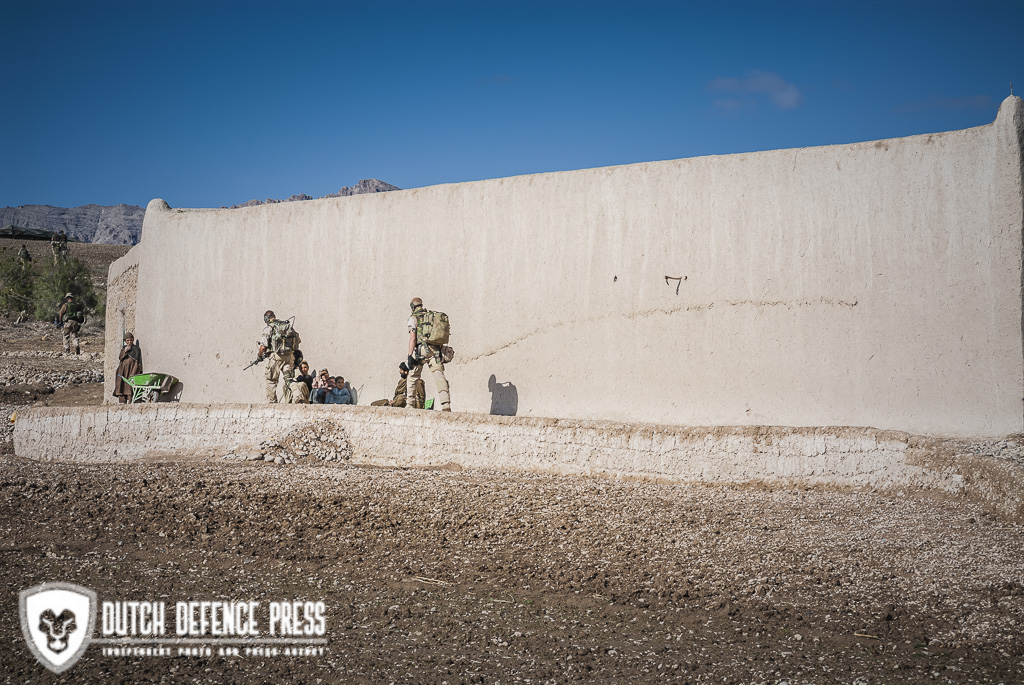
The Dutch Bushmaster IMVs deployed in Afghanistan have received an add-on ballistic armour kit. The add-on protection package also include a ballistic protection upgrade to the windows. The extra weight has already been compensated for by removing a 270 litre fresh water tank and by operating the vehicle up to five personnel on board, rather than up to 10. Also 18 YPR-765 armoured infantry fighting vehicles (AIFVs), deployed in Uruzgan, received add-on armour kits. This involves YPR-765-conformal chemical energy (explosive reactive armour [ERA]) tiles installed by Rafael Armament Development Authority of Israel. The Dutch also received 12 Krauss-Maffei Wegmann ‘Fennek’ 4×4 light armoured reconnaissance vehicles to support their operations in Uruzgan province as well as in Kandahar. Other vehicles in theatre are the Patria 6×6 XA-188 wheeled armoured personnel carriers and soft-top Mercedes-Benz 4×4 vehicles from which it is easier to make contact with the local Afghan population. For aerial reconnaissance the Dutch has two UAV systems to its disposal; the Sperwer and Aladin.
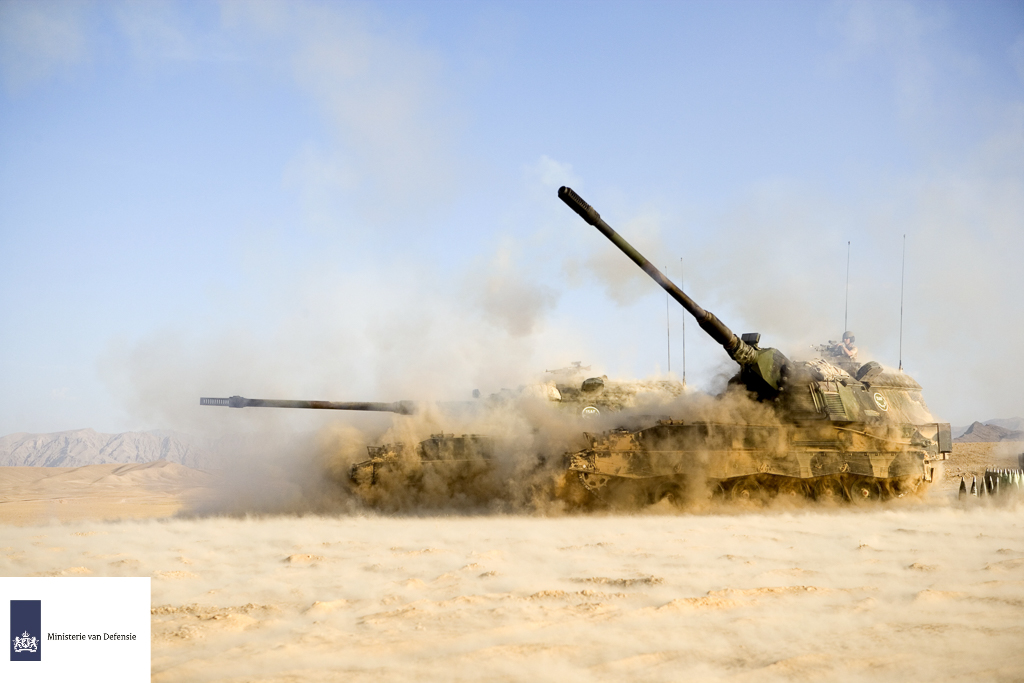
Lt-Col. Van der Sar: “There are security challenges here. No one can suggest otherwise. But we have shown we’re well trained and equipped for this mission, and we have the capabilities to go out and undertake security and development missions whenever we want, and I’m sure we all do, are willing to take whatever comes our way.”



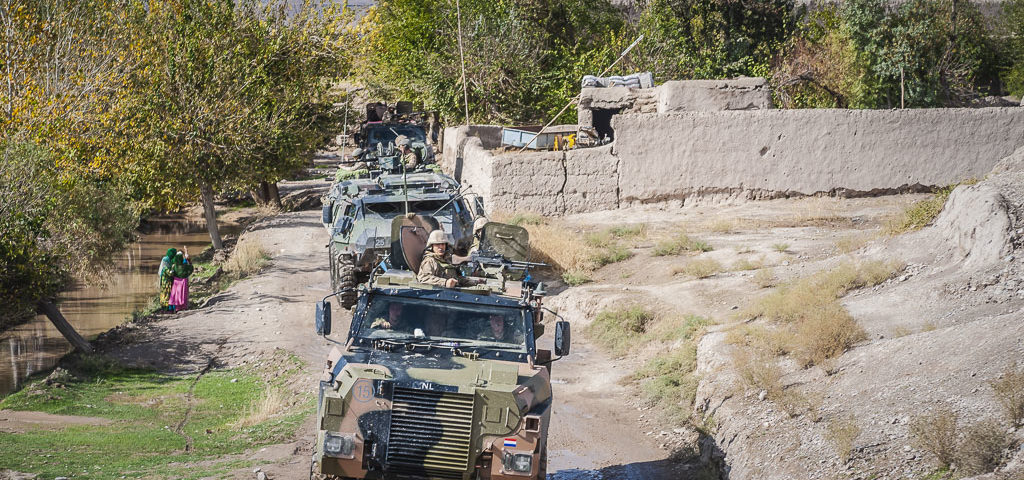
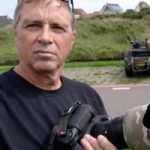
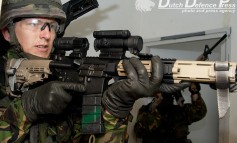
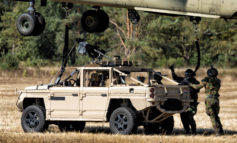
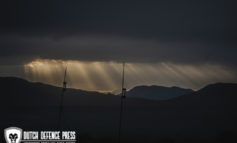
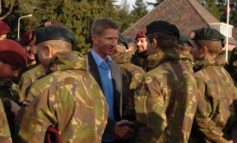
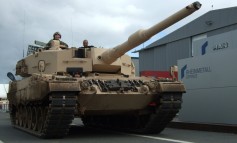



Leave a Reply